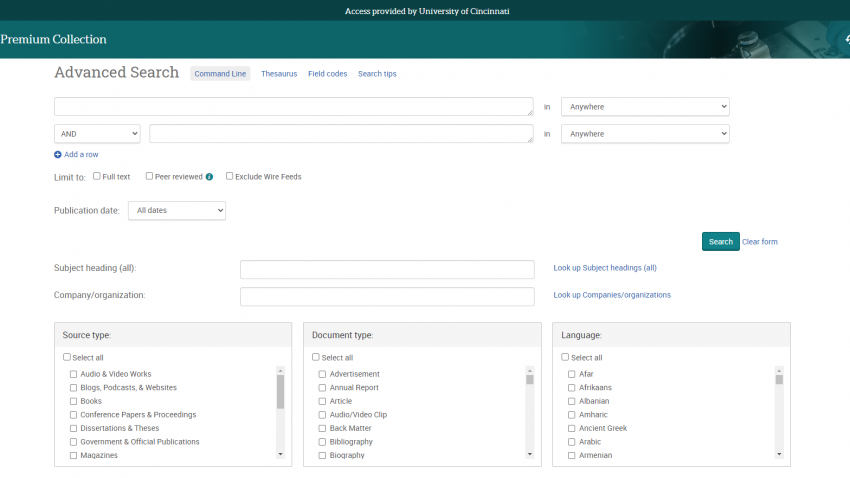On August 7, Marcia Johnson began work for the University of Cincinnati Libraries in the role of library services supervisor for the Geology-Mathematics-Physics (GMP) Library.

Marcia will be responsible for overseeing core library operations for the GMP Library. This work includes managing the service desk, responding to user questions and requests for library materials and overseeing the routine maintenance of library collection and spaces. She will supervise student assistants at the GMP Library and assist with the overall supervision of students at the other Science & Engineering Library locations.
Ms. Johnson graduated from Northern Kentucky University (NKU) with a degree in communications and minored in biology and sociology. Prior to accepting this position, she served the past seven years as the library specialist III/ FDLP & ASERL coordinator – government documents/intellectual property & copyright (USPTRC – United States Patent & Trade Resource Center) at the W. Frank Steely Library at NKU. For 16 years, she was also the coordinating manager of the Steely Library Media Collections and SWON Media Specialist, managing the daily operations, access and circulation of Steely’s media library and SWON’s media collection. Marcia brings extensive experience in library operations and student supervision, as well as several library related certifications.
Welcome, Marcia, to the Science & Engineering Library, UC Libraries and all of UC!






 The University of Cincinnati Libraries empowers discover, stimulates learning and inspires the creation of knowledge by connecting students, faculty, researchers and scholars to dynamic data, information and resources. The University of Cincinnati Libraries comprises 10 locations that support the university’s undergraduate, graduate and professional programs. A new display on the 5th floor lobby of the Walter C. Langsam Library features the various libraries and encourages people to visit each one.
The University of Cincinnati Libraries empowers discover, stimulates learning and inspires the creation of knowledge by connecting students, faculty, researchers and scholars to dynamic data, information and resources. The University of Cincinnati Libraries comprises 10 locations that support the university’s undergraduate, graduate and professional programs. A new display on the 5th floor lobby of the Walter C. Langsam Library features the various libraries and encourages people to visit each one.


